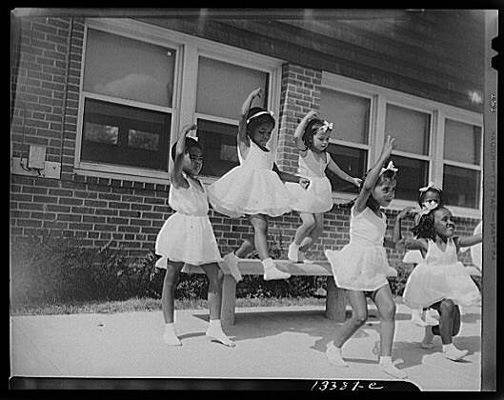
Wikipedia defines art to be the process or product of deliberately arranging elements in a way to affect the senses or emotions. Art can be shown through many different aspects. For example, theatre, motion, and vocal productions are forms of art. Art has evolved from 19th century paintings to 20th century sculptures. The National Gallery of Art located in Washington DC is designed so that both modern and traditional art works to come alive by putting modern art in a more modern setting and traditional in a more traditional atmosphere. For example, the East Wing Building of the National Gallery of Art is a Modern building and structure that hold contemporary artworks. Whereas, the West Wing Building is an older structure that hold traditional pieces of art.











